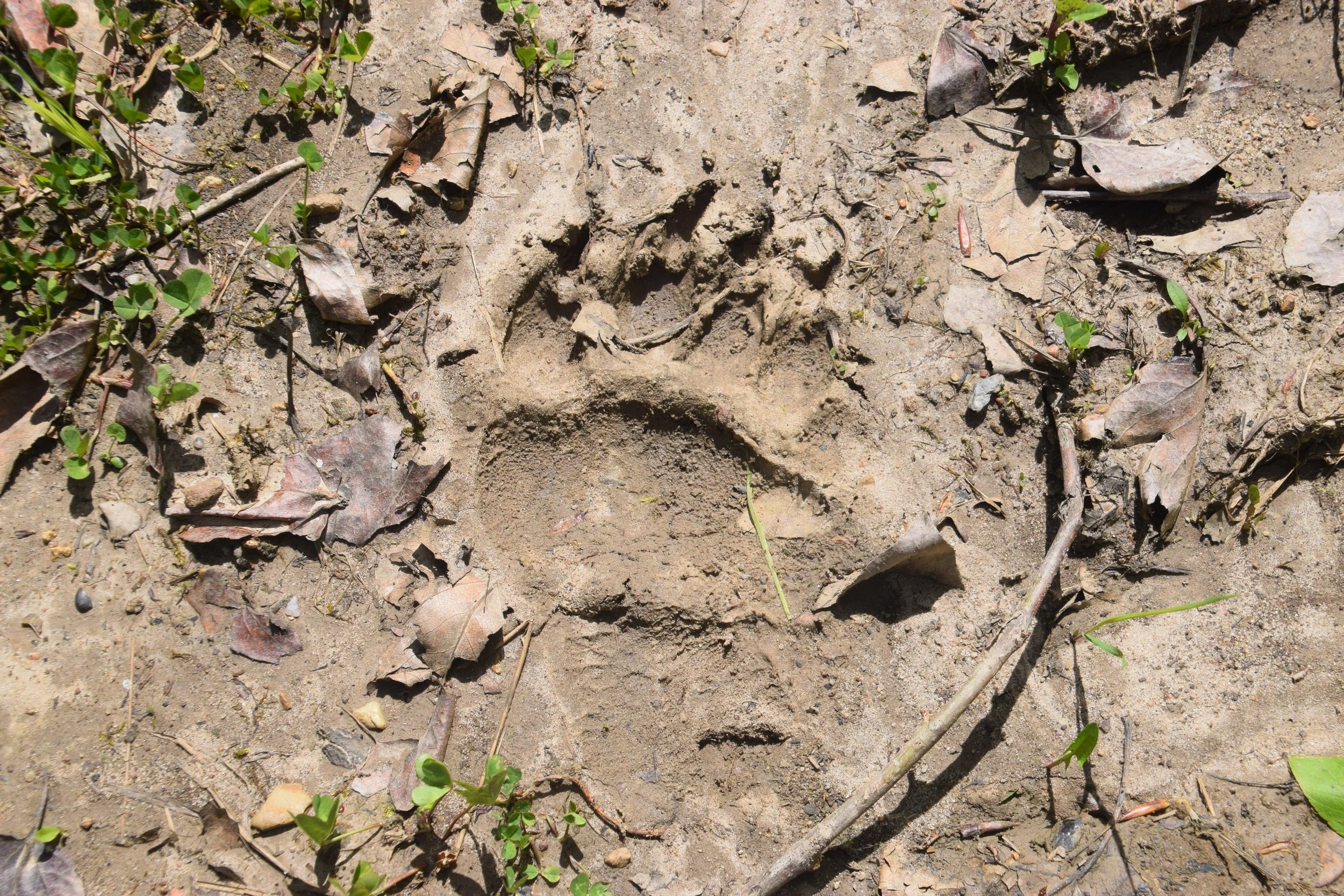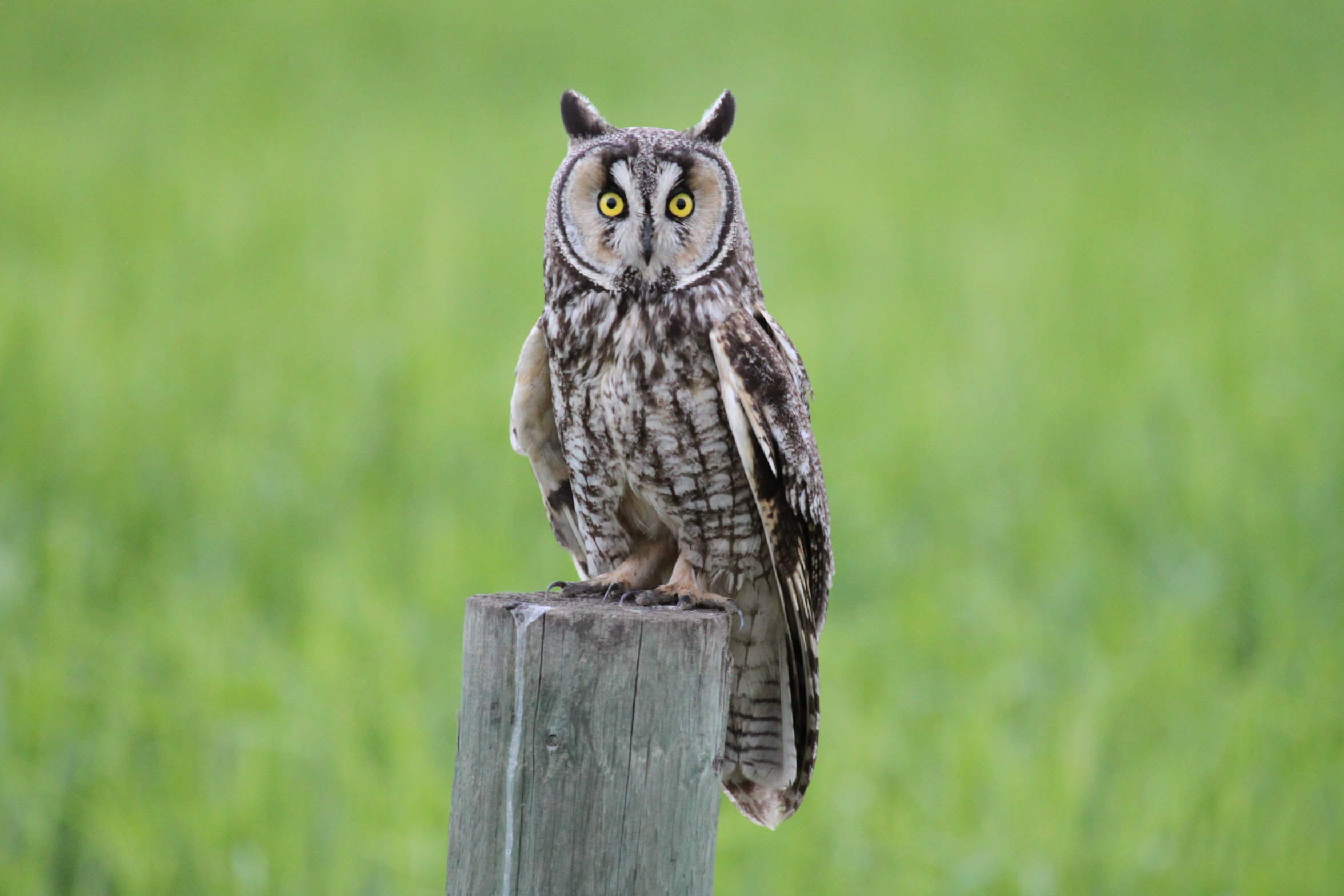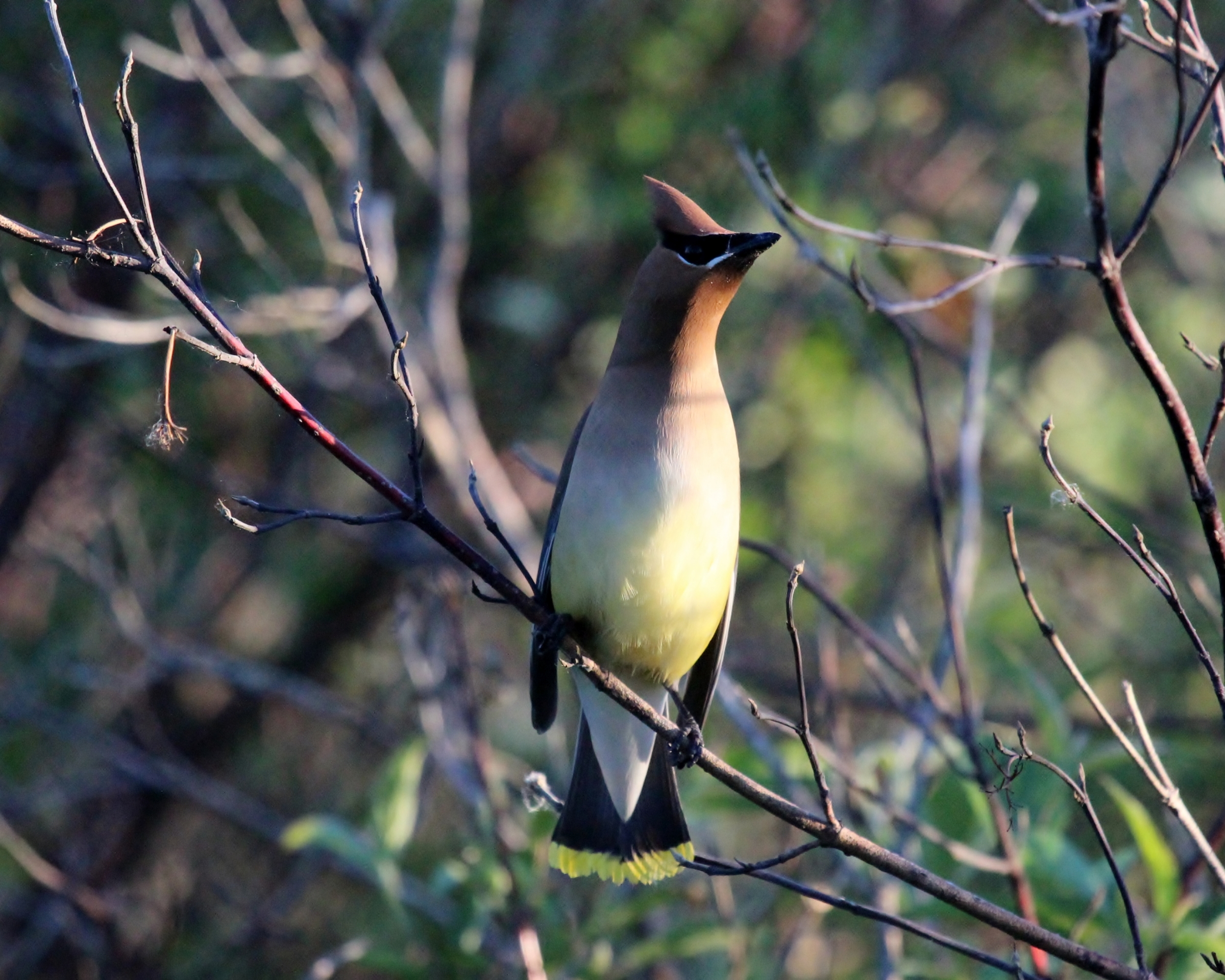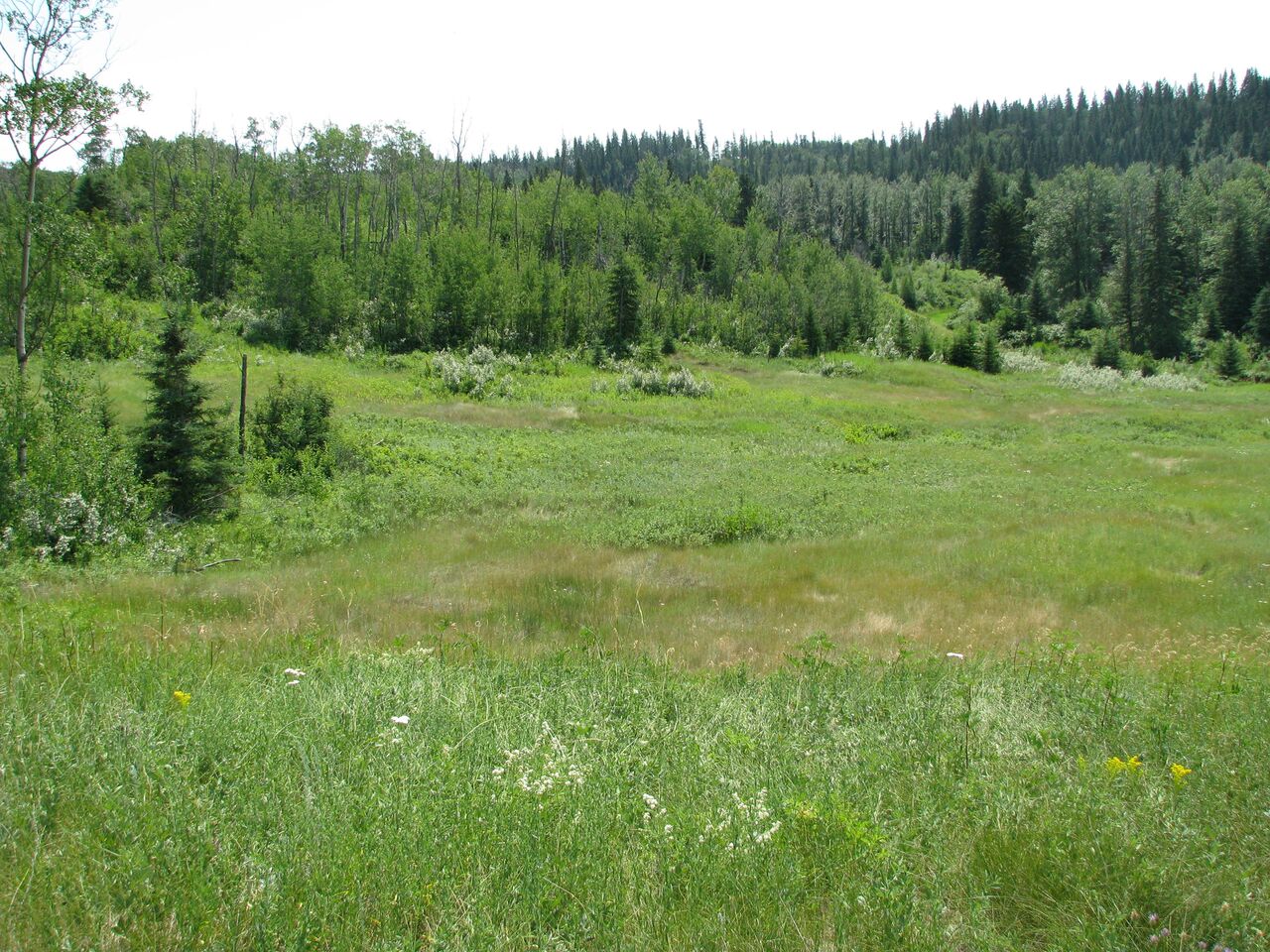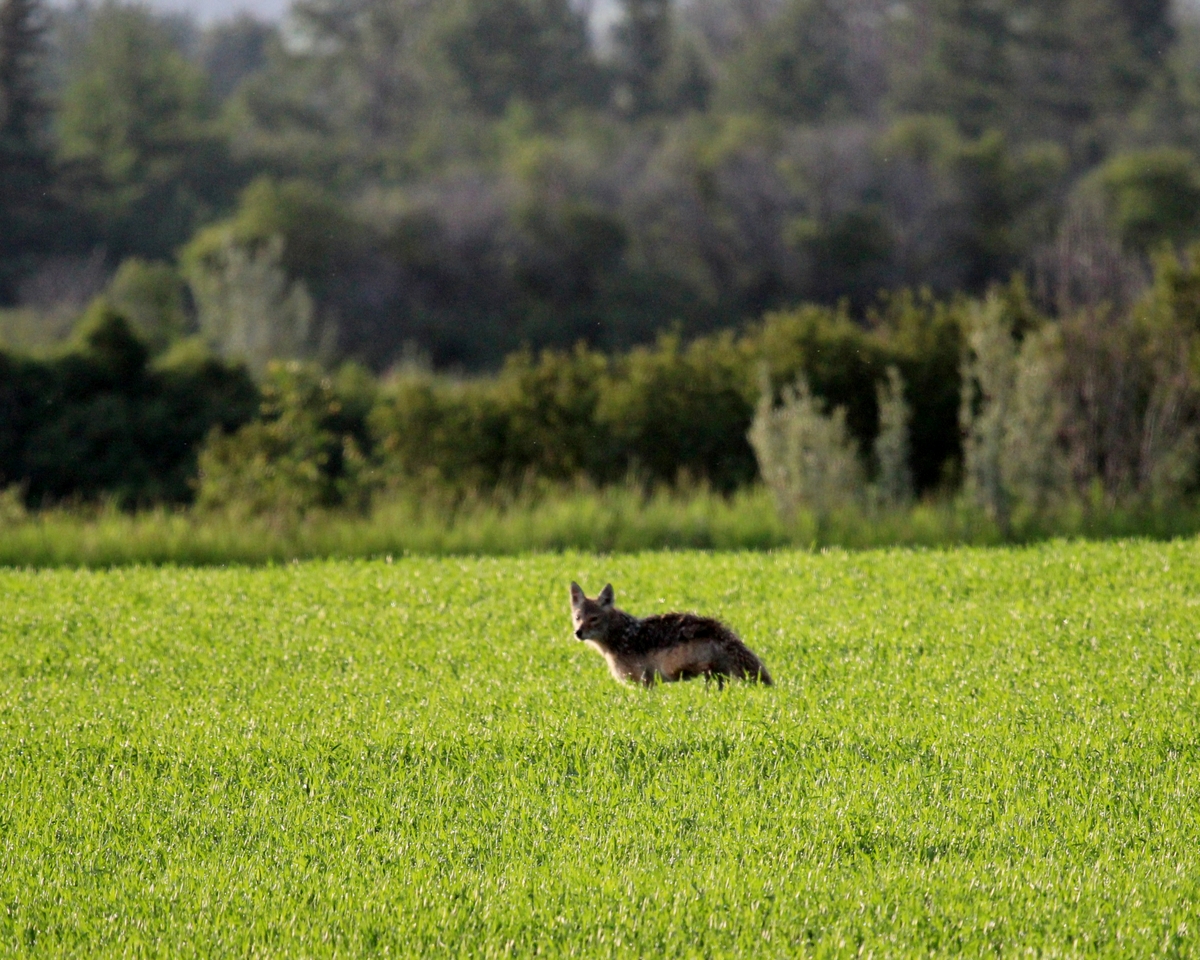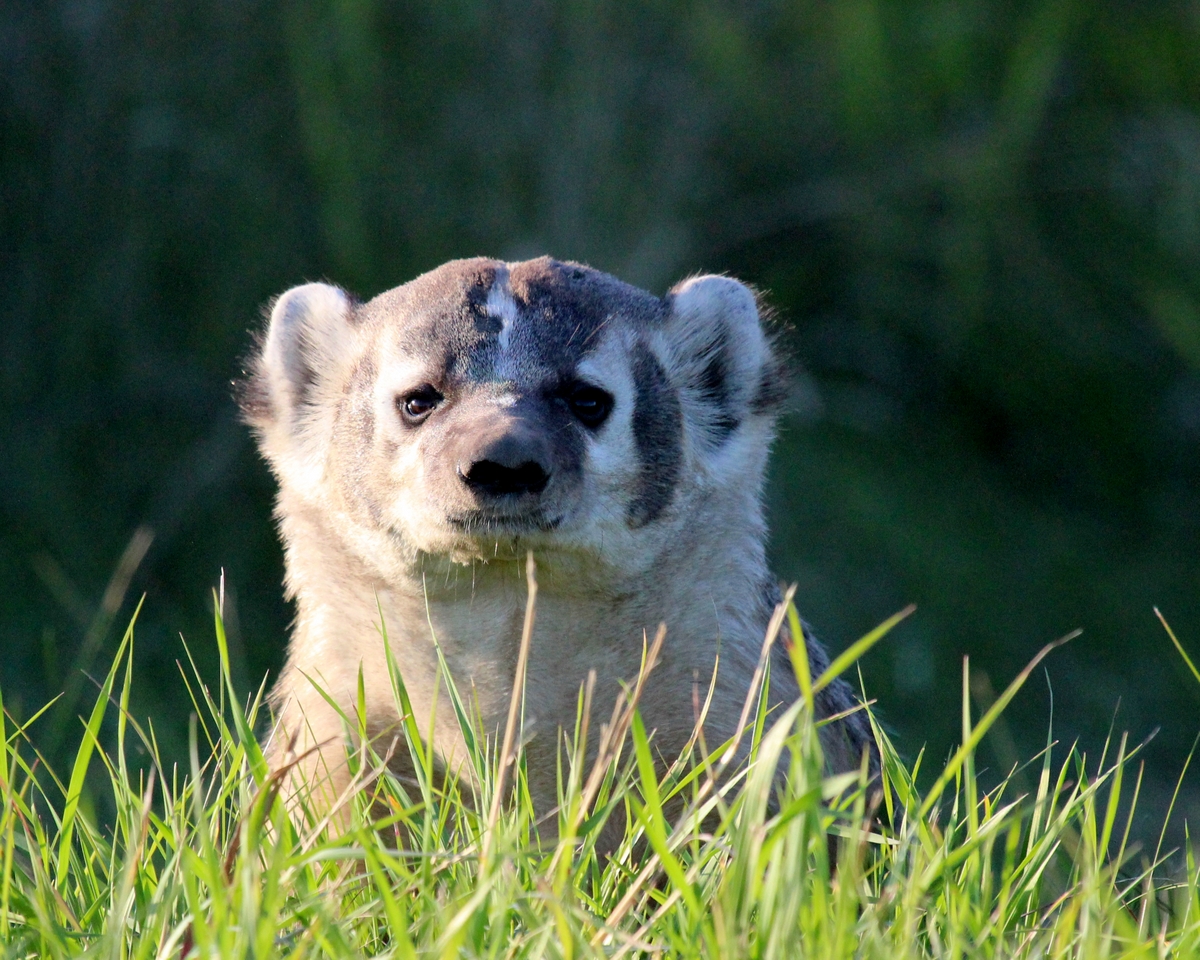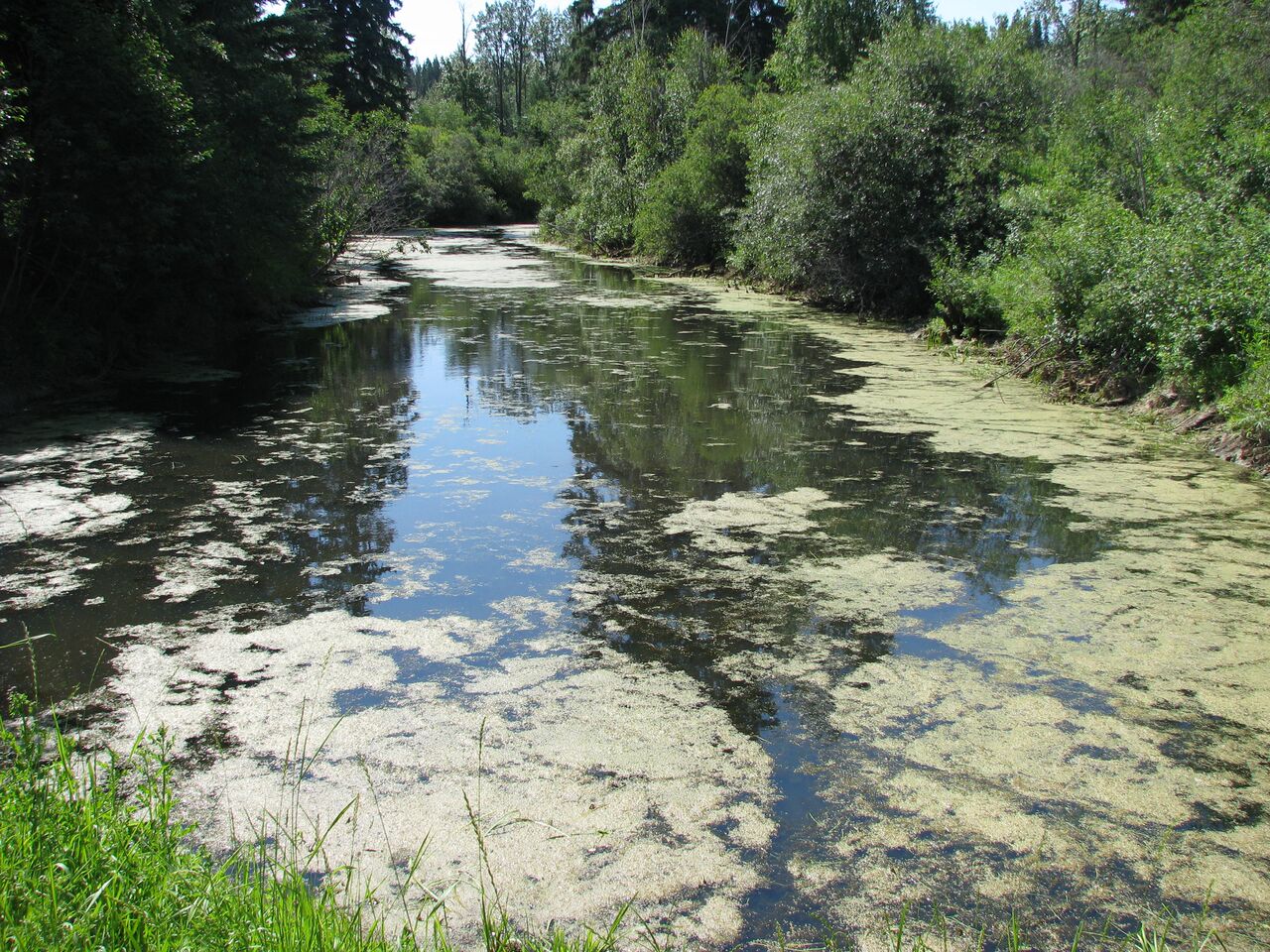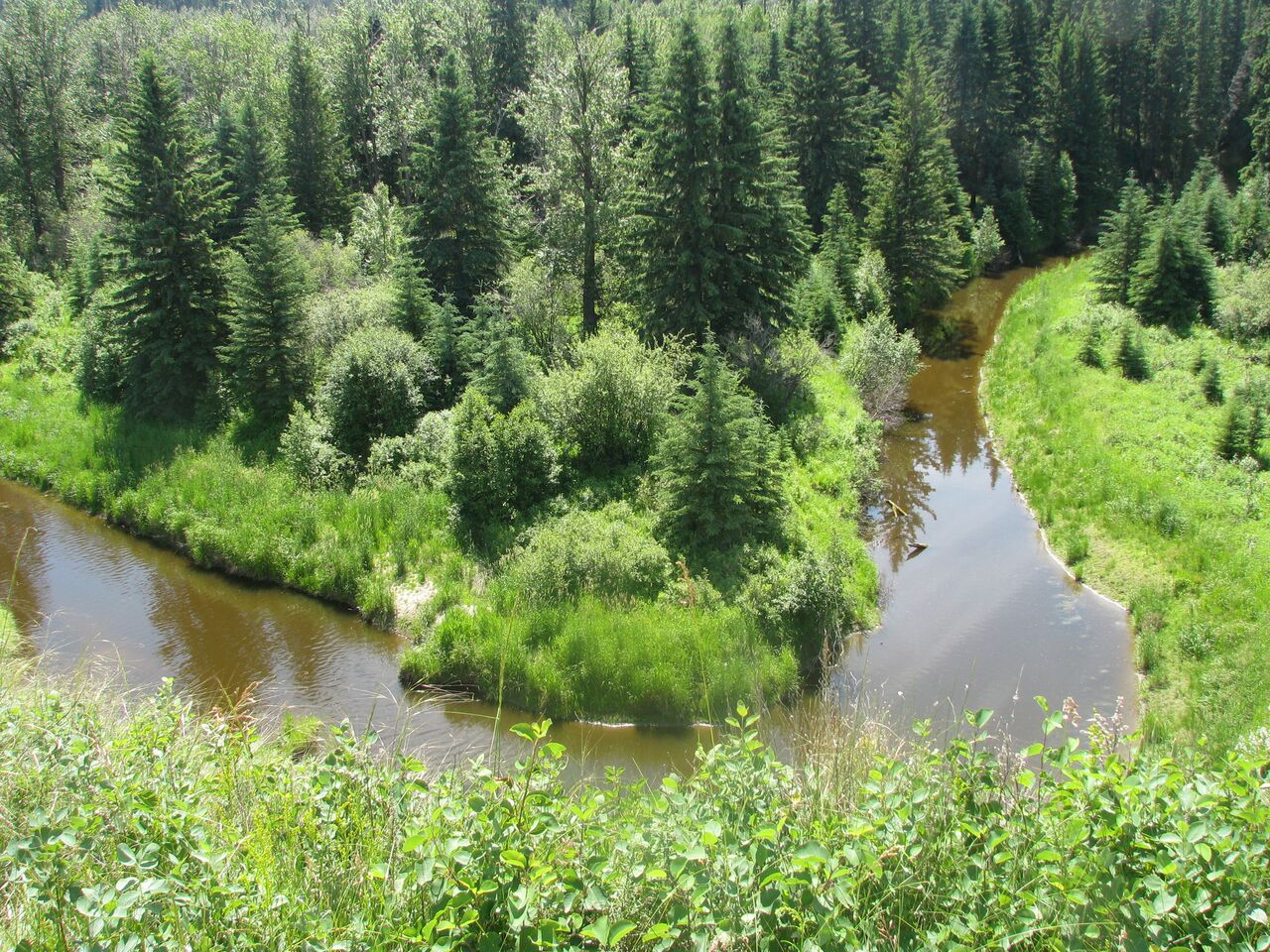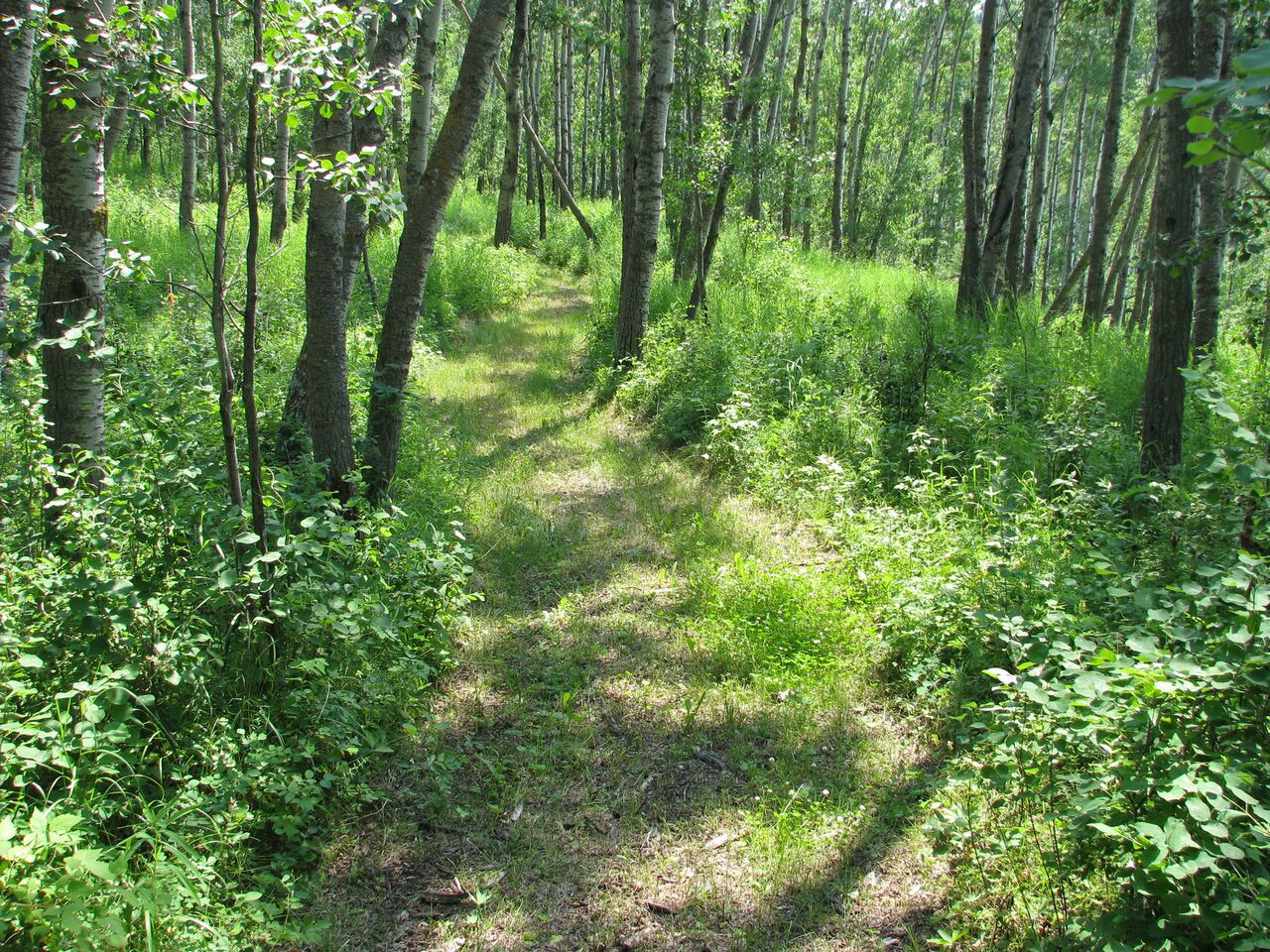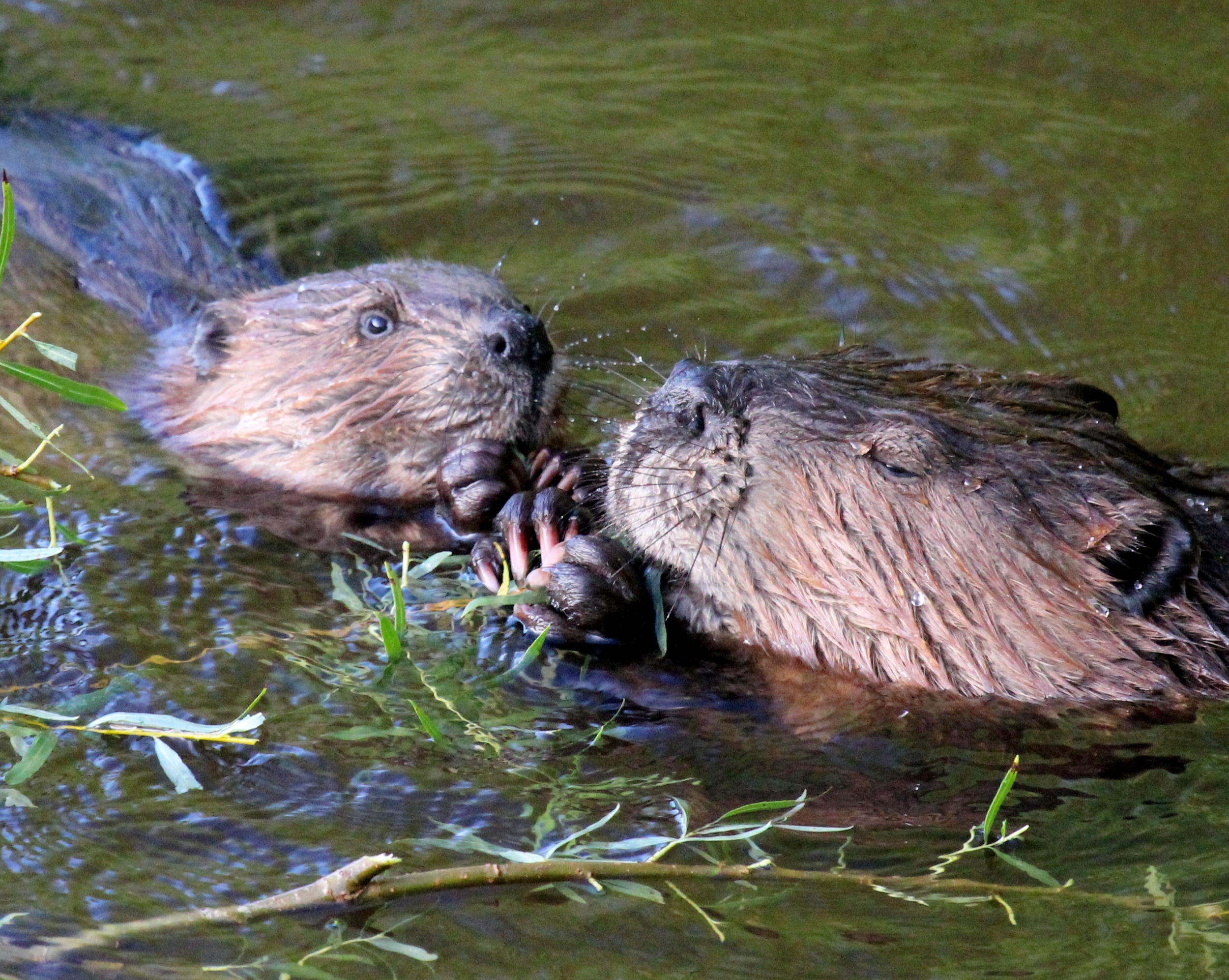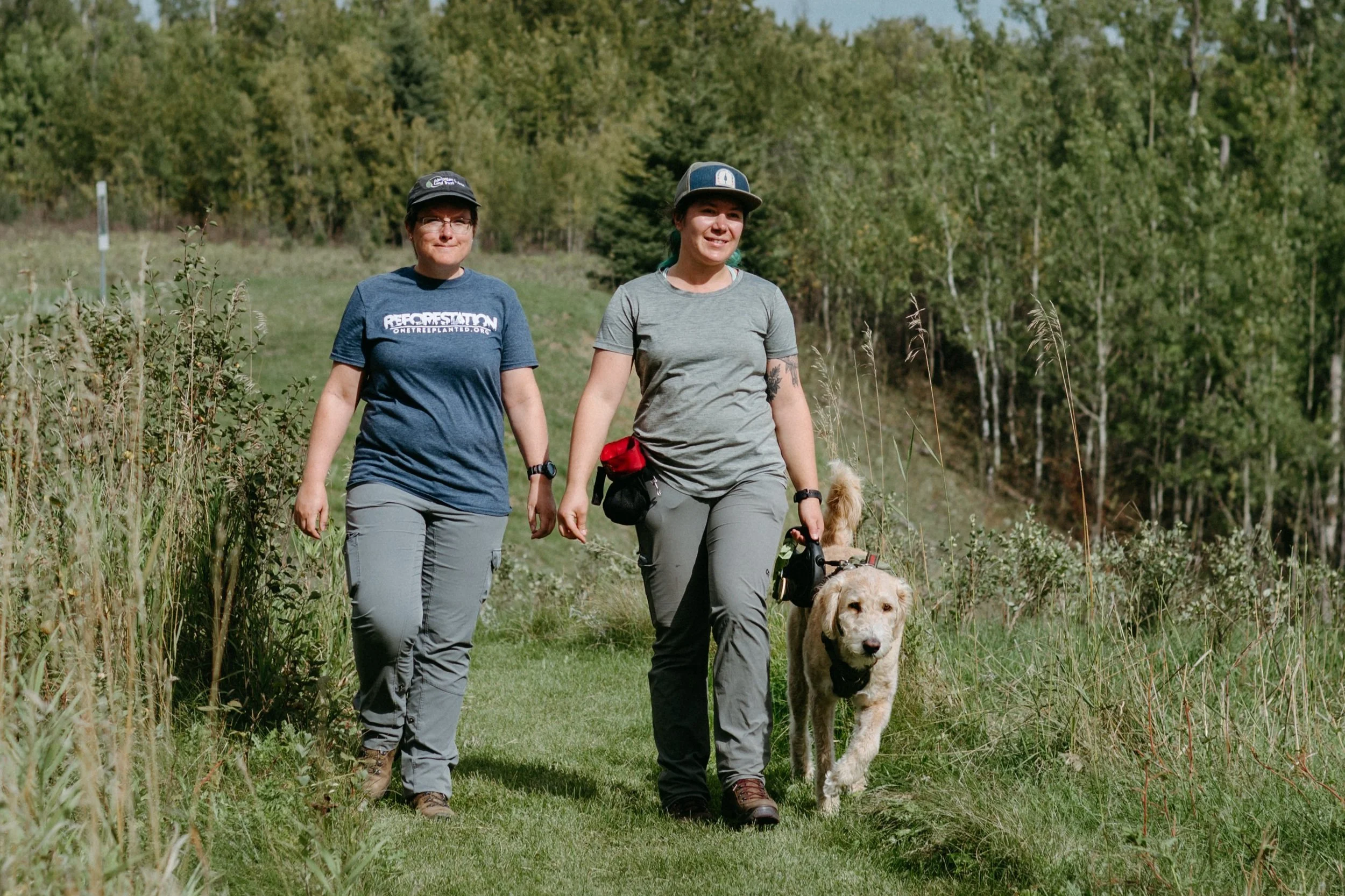
LOCATION
line
• Wetaskiwin County
• 104 Acres
• 80 km drive from central Edmonton
DIRECTIONS, PARKING & TRAILS
line
• 5.5 km of natural trails
• Mostly flat terrain with a few hills
• Roadside parking
““What a beautiful trail and day to get together and find a few geocaches, kids are feeding the birds right off their hand and everyone is having a good time, thanks for bringing us out here!””
Wildlife and Habitat
This natural area is located near Coal Lake, and borders Pipestone Creek itself, including an oxbow lake.
This natural area features several vegetation community types, including spruce woodlands, aspen parkland, and dry grassland slopes that feature plants not commonly found this far north in Alberta.
Pipestone Creek is home to a variety of wildlife, including deer, great blue heron, cedar waxwings, hermit thrush, and many other songbirds and small mammals. Trumpeter swans have also been seen flying overhead during migration.
Photos: Dorothy Monteith, Barry MacDonald, EALT
Importance
Pipestone Creek is an important habitat corridor for wildlife. By securing this natural area, we ensure that the creek and riparian area are conserved. The creek is also important for a healthy water supply, and conserving the area around the creek helps keep the watershed healthy.
Indigenous Connections
Pipestone Creek is a tributary of Battle River, a name most likely inspired by the rivalry between the Iron Confederacy (Nehiyaw-Pwat) and the Black foot confederacy (Niitsitapi). The Nehiyaw-Pwat included the Nehiyawak (Cree), the Anishnaabe (Ojibway/Saulteaux) and the Nakota (Assinoboine). These opposing alliances mainly competed for access to bison. Eventually the nations are said to have found peace, as evidenced through the region’s names and stories.
Stewardship Highlights and Recent News







